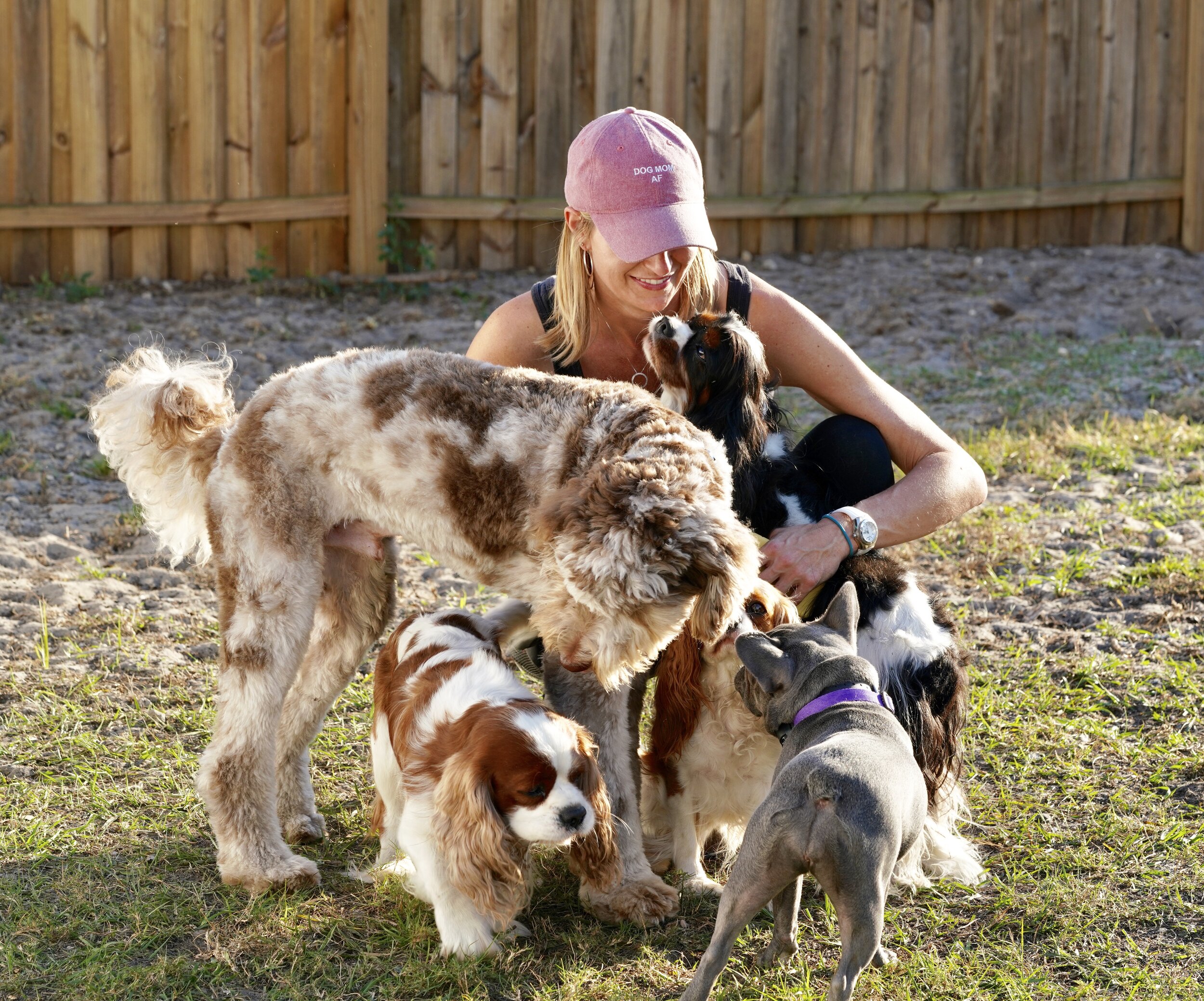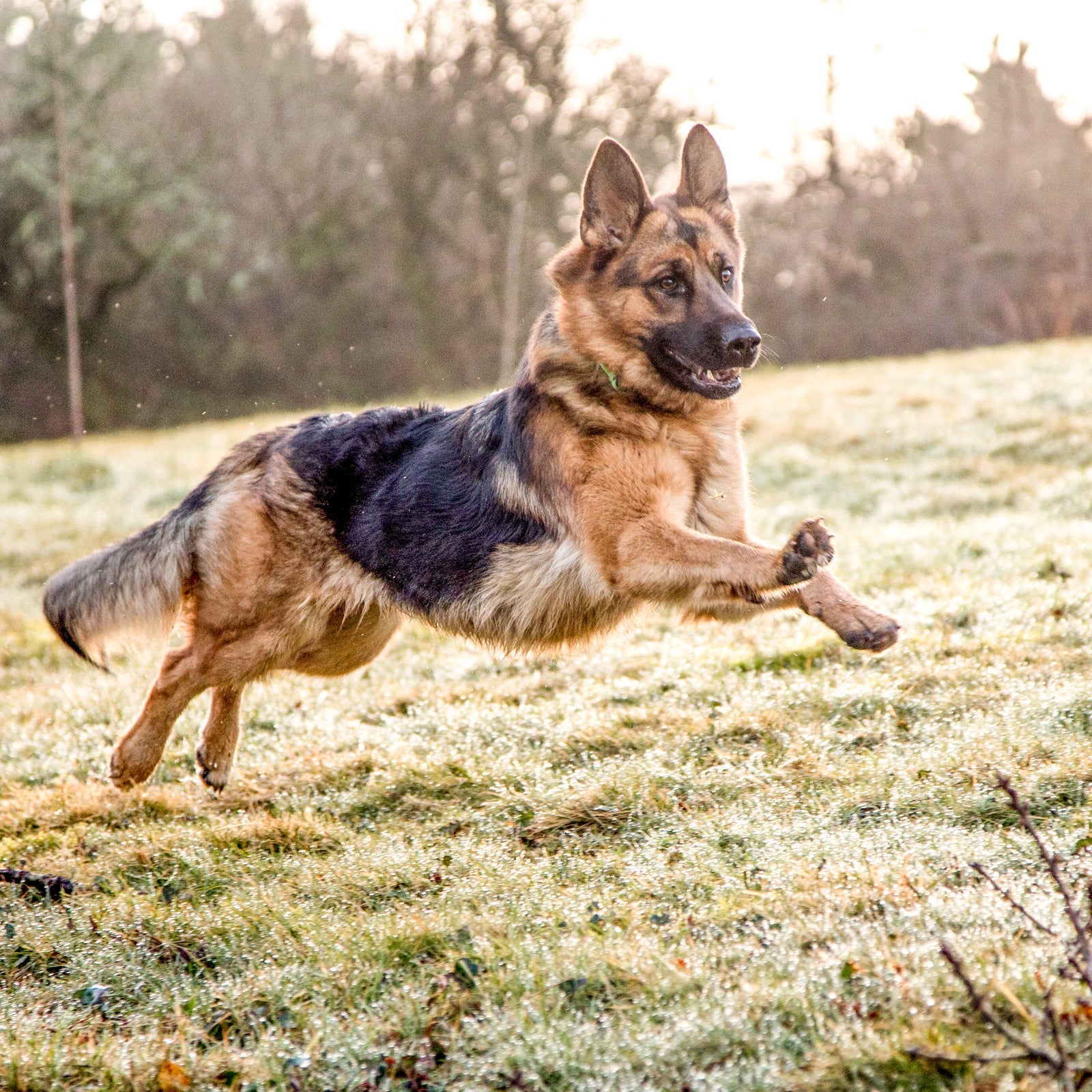Transform Your Pet dog's Actions With Proven Training Approaches
Changing your pet dog's behavior calls for a nuanced understanding of their specific qualities and needs, as well as the application of tried and tested training approaches. Consistency in your training strategy not only boosts obedience however also promotes a much deeper bond of depend on and respect in between you and your family pet.
Comprehending Dog Actions
Comprehending dog actions is necessary for efficient training and communication in between people and their canine companions. Dogs, as social pets, display a range of behaviors influenced by genes, setting, and experiences - Dog training. Identifying these habits helps proprietors tailor their training approaches to fulfill the certain needs of their pets
Trick aspects of canine habits consist of body language, vocalizations, and social communications. Additionally, socializing plays an important function in forming actions; pet dogs that connect positively with various people and various other animals are normally extra versatile and well-adjusted.
In addition, acknowledging stress and anxiety signals-- such as evasion, panting, or pacing habits-- can stop acceleration into much more severe problems. Proprietors that are in harmony with their pet's actions can produce a caring and secure setting, promoting count on and enhancing the training procedure. Eventually, a deep understanding of canine actions lays the structure for a harmonious connection and reliable training results, making sure both canines and their proprietors prosper together.
Favorable Support Techniques
Positive support techniques are extensively acknowledged as one of the most efficient methods for training pet dogs, cultivating a favorable learning atmosphere. This approach involves fulfilling wanted habits with deals with, praise, or play, thereby urging the dog to duplicate those habits. Unlike revengeful methods, favorable reinforcement constructs trust fund and reinforces the bond between the instructor and the canine.
To implement favorable reinforcement effectively, timing is vital. Rewards must be given quickly following the wanted behavior to assist the pet make the connection. Uniformity is additionally necessary; using the very same commands and rewards assists the pet understand what is expected. In addition, varying the benefits can maintain the dog engaged - Dog training. Rotating in between treats, toys, and verbal appreciation can keep rate of interest and inspiration.
It is essential to keep in mind that favorable support is not concerning bribery; instead, it has to do with reinforcing good behavior. Over time, as the pet dog finds out to associate specific activities with positive end results, the frequency of incentives can be slowly minimized, transitioning to spoken appreciation or recurring benefits. This method not only urges obedience yet additionally advertises a satisfied and certain dog, making training a more pleasurable experience for both parties involved.
Addressing Usual Concerns
Attending to usual concerns throughout canine training is important for guaranteeing a harmonious and effective partnership between the dog and its proprietor. Lots of canine owners experience behavioral difficulties, such as excessive barking, leaping, and leash drawing. Understanding the root creates of these habits is important for effective training.
Too much barking may stem from monotony, anxiety, or an absence of socialization. To minimize this, supply enough physical exercise, psychological stimulation, and possibilities for social interaction with both human beings and other pets. Jumping can usually suggest excitement or a wish for attention. Training the dog to sit upon welcoming can redirect this habits favorably.
Leash pulling is an additional prevalent problem, regularly resulting from a pet dog's enthusiasm to explore. Using correct leash managing strategies, combined with training procedures that urge loose-leash strolling, can considerably boost this actions.
In addition, problems like source guarding or separation stress and anxiety need customized approaches. Gradual desensitization and counter-conditioning can be efficient in resolving these obstacles. By recognizing and proactively handling these typical problems, pet dog proprietors can cultivate a more enjoyable training experience and enhance the bond with their canine buddies.
Consistency in Training

To attain uniformity, it is important that all participants of the household stick to the exact same training methods. For example, utilizing the exact same spoken hints and hand signals guarantees that the pet gets uniform messages. In addition, the timing of rewards and improvements must correspond; prompt reinforcement raises the probability that the canine will certainly associate the habits with the outcome.
Regular method sessions, paired with structured routines for feeding, strolling, and play, help pet dogs prepare for and recognize their setting, making them more receptive to training. Eventually, uniformity cultivates a feeling of security and count on, equipping pet dogs to find out more efficiently.
Structure a Solid Bond
Just how can cultivating a solid bond in between a pet dog and its proprietor improve the training experience? A solid connection built on count on and respect functions as the structure for reliable training. When a pet really feels safe in its connection with its owner, it is more most likely to show favorable habits and be receptive to learning. This bond urges the pet dog to involve completely in training sessions, as it views the owner as a resource of support and support.
Additionally, a solid bond helps with far better interaction. Pet dogs are proficient at checking out human cues, and a relying on connection enables for clearer signals throughout training. Proprietors that invest time in structure this bond with play, socializing, and positive support produce an environment where pets feel determined and excited to learn.
In addition, a reputable connection can minimize anxiety and behavior problems, as pets are less most likely to act out when they really feel recognized and taken care of. Therefore, focusing on the growth of a strong bond not just enhances the training experience however additionally contributes to a better and extra well-adjusted canine. Ultimately, the journey of training changes into a joint partnership, resulting in lasting behavioral enhancements.
Conclusion

Proprietors that are attuned to their canine's behavior can create a caring and secure environment, cultivating trust why not try here fund and improving the training procedure. Eventually, a deep understanding of canine behavior lays the foundation for an unified relationship and efficient training outcomes, making certain both dogs and their owners thrive together.
Attending to usual issues during pet training is essential for ensuring a successful and unified partnership between the pet and its proprietor.Uniformity is a keystone of reliable pet dog training, as it develops a clear structure for the dog to Our site recognize habits and expectations.In verdict, transforming a dog's behavior through shown training techniques needs an understanding of canine behavior, the application of favorable support techniques, and a focus on uniformity.